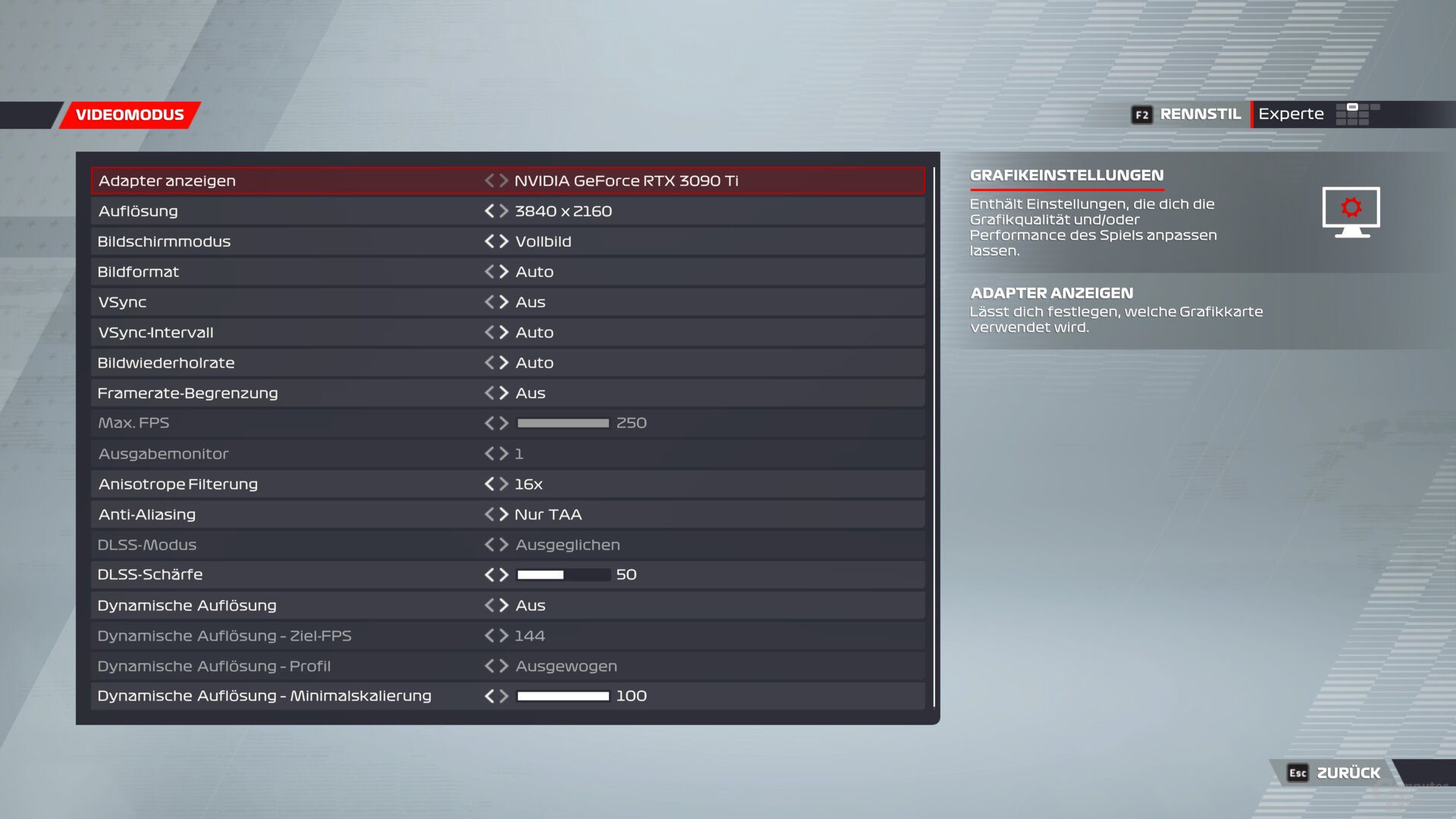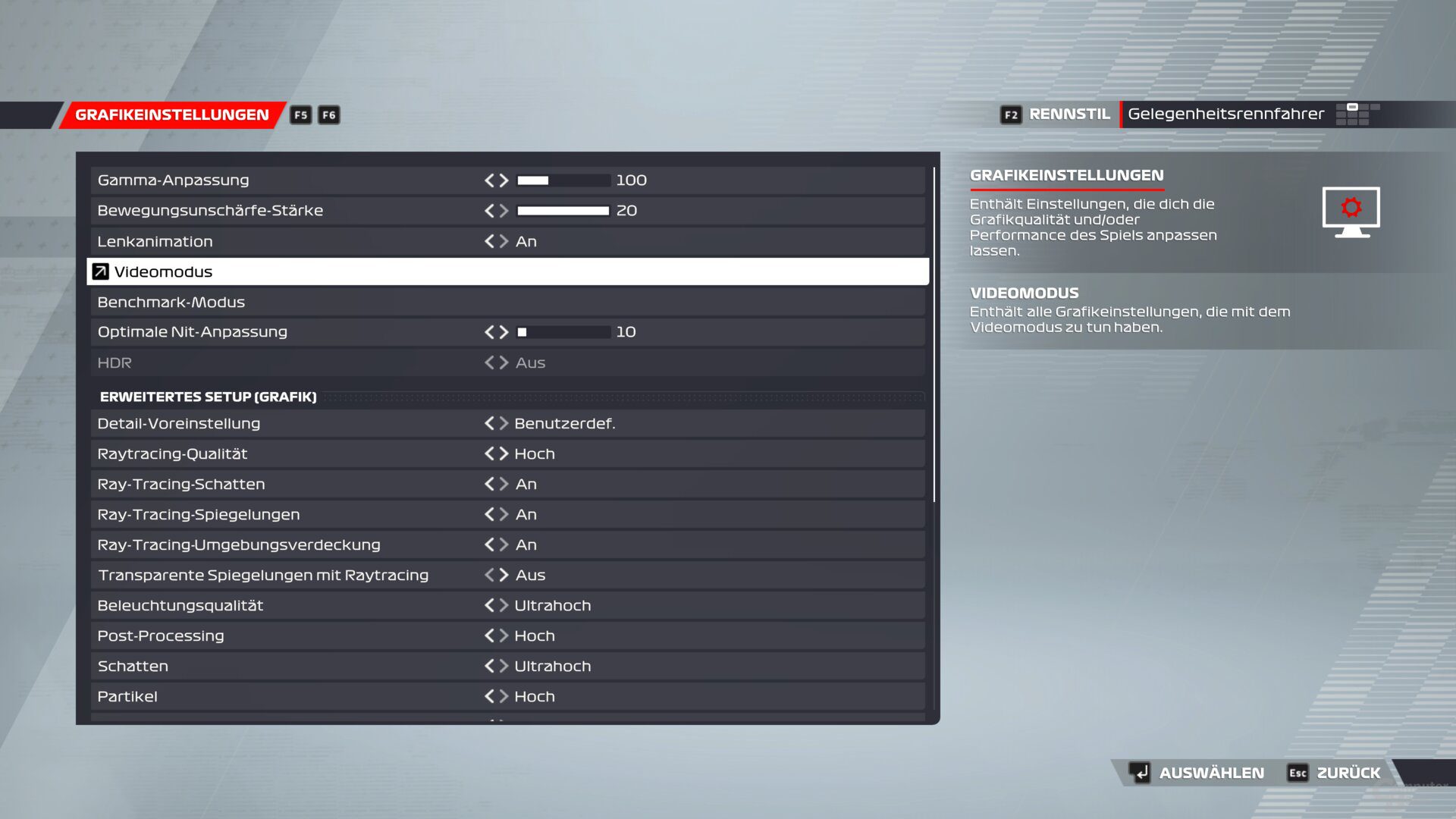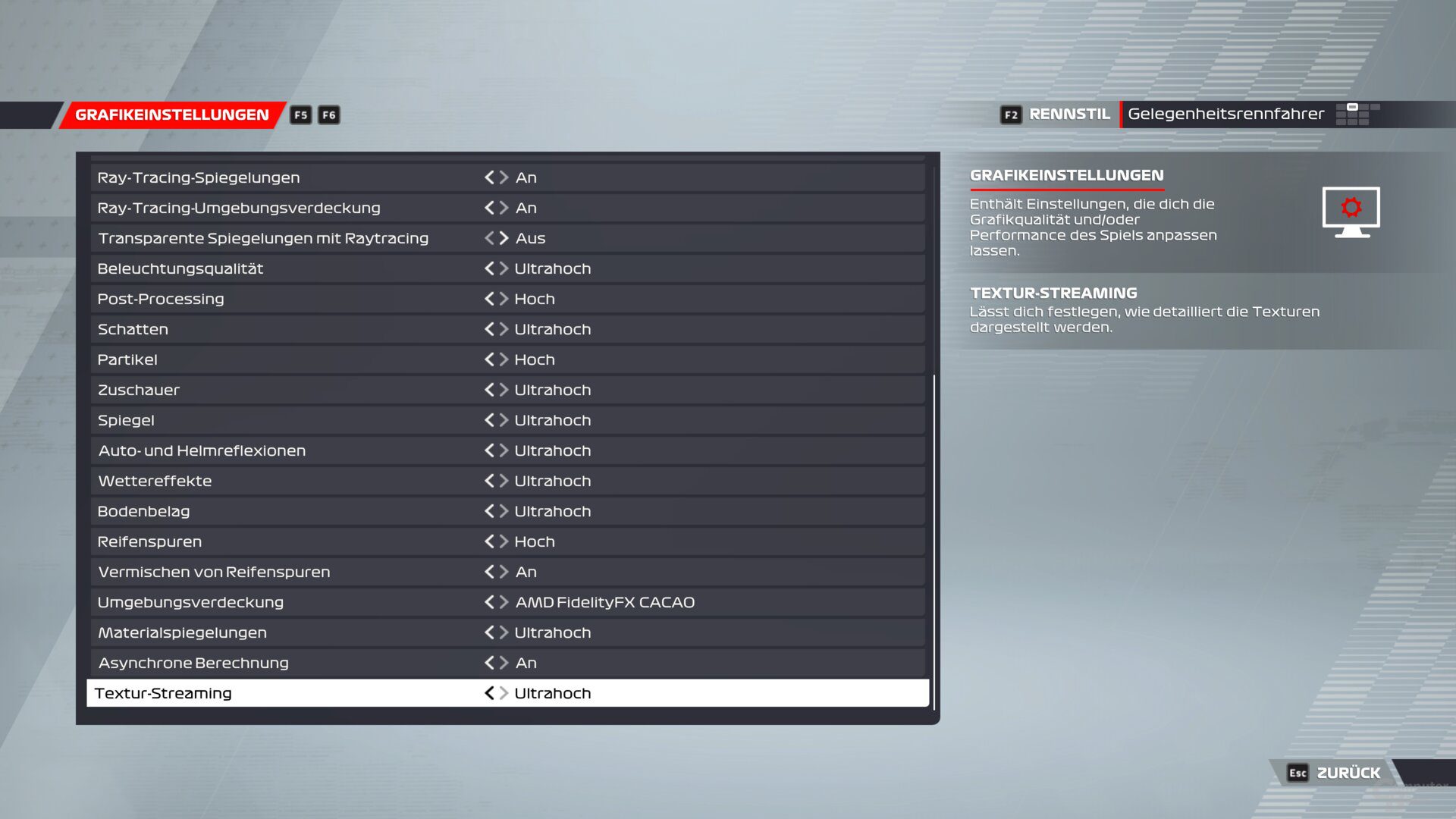The 2022 edition of the official Formula 1 racing game is here: ComputerBase took a closer look at F1 22 on PC and analyzed the technology. In addition to numerous benchmarks, the focus was on ray tracing effects, because at this point the new part is even better compared to its predecessor.
New name with familiar technology
It’s that time again: the annual edition of the official Formula 1 game is drawing near. F1 22 launches next Friday, July 1 on PC, Xbox One, Series X and S, and PlayStation 4 and 5. Champions Edition buyers more expensive can play starting tomorrow, June 28.
With EA’s acquisition of Codemasters in late 2020, there’s a new naming scheme for the first time that suits EA Sports’ other games: the potential F1 2022 became F1 22, while the racing game “Simcade” is clearly based on its predecessor in terms of gameplay.
This also applies technically, because the EGO 2.0 engine is used again, only in a new expansion stage. The visual quality of the game is still high, but nowhere near Forza Horizon 5 (test) from late 2021; An F1 22 is not surprising. After so many years of EGO 2.0 with numerous small improvements, it’s simply time to take a bigger leap.
Raytracing got the biggest boost
Graphics make the biggest optical leap through ray tracing improvements, because F1 22 uses rays a lot more than F1 2021. This isn’t apparent in RT shadows, but reflections are now used in a much larger way. more diverse. A completely new feature is a ray-traced calculated ambient occlusion, whereby in F1 22 of the well-known RT effects “only” the global illumination is missing.
DLSS and FSR 1.0 (2.0?) are supported
That said, there aren’t a lot of technical news to report on the PC version of F1 22. Fine-tuning can be seen in numerous places compared to the predecessor. The game now only uses DirectX 12 as the API and DLSS (2.4.0.0), including a sharpening filter, is used again for upsampling.
FSR is also supported, although the current state still seems a bit chaotic: in a preview version made available to publishers last week, there was only FSR 1.0 “on” or “off”, i.e. without the known quality levels . With the patch to version 1.02 released an hour before the NDA dropped, the quality levels were added, although they are named after the familiar ones from FSR 2.0. FSR 2.0 can be found alongside FSR 1.0 in the game’s config file. Apparently the developers are working on FSR 2.0, but the development doesn’t seem to be finished yet. There was no time for tests at this time. FSR 1.0 is not recommended in the implementation from a week ago.
The graphics menu of the F1 series has flourished more and more over the years and in F1 22 it is one of the best and most complete specimens of any PC game. Some big features are still missing, like comparison screenshots, but other than that, there’s a lot on board.
In addition to the mandatory separately controllable graphics options and graphics presets (“ultra low”, “low”, “medium”, “high” and “ultra high”), this also includes the option to set an FPS limiter between 30 and 250 FPS in 1- Set FPS increments. Also, there is a dynamic resolution which is mainly known from consoles. It can be set to a target frame rate of 30, 60, 120, or 144 FPS, which the game attempts to achieve by dynamically reducing the resolution. A minimum resolution can be set (between 50 and 100 percent of the set resolution in 1 percent increments) and there are also three levels to determine how aggressively the F1 22 should adjust the resolution.
With DLSS 2.4.0.0 and FSR 1.0 (or 2.0?)
Nvidia’s DLSS (version 2.4.0.0) is available with the familiar presets, and the output can also be enhanced (0 to 100 percent in 1 percent increments). Alternatively, there is FSR 1.0 in the menu, interestingly enough under the “Quality”, “Balanced”, “Performance” and “Ultra Performance” levels. Ultra quality is missing, ultra performance doesn’t really exist in FSR 1.0, but only in FSR 2.0, which has already been mentioned in the config file since patch 1.02 (see above).
In addition to classic TAA like smoothing, AMD CAS can also be automatically sharpened if desired. Unlike DLSS, the degree of sharpness cannot be set separately.
As usual, F1 22 offers an extensive built-in reference function that can be freely configured in terms of route, weather, camera and number of laps. It can be used via the graphics menu or alternatively using the Steam console command (-benchmark). The latter can be configured more precisely and allows for automatic fixed selection and the use of your own recordings as a basis.

Introvert. Beer guru. Communicator. Travel fanatic. Web advocate. Certified alcohol geek. Tv buff. Subtly charming internet aficionado.


